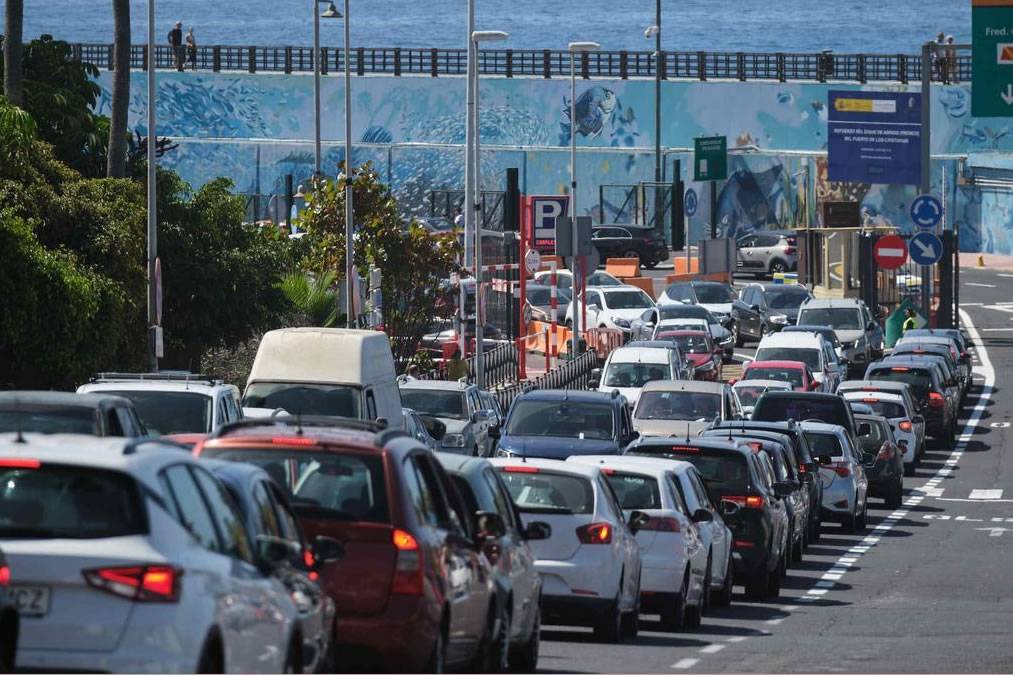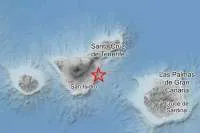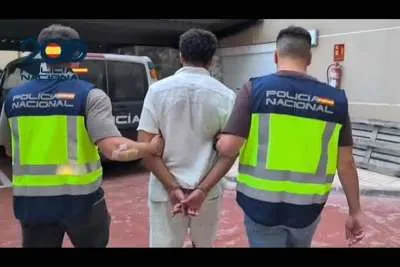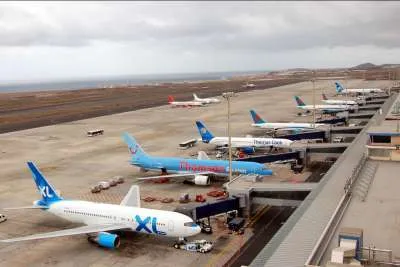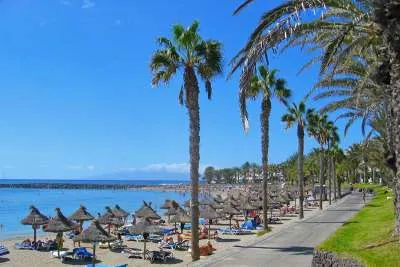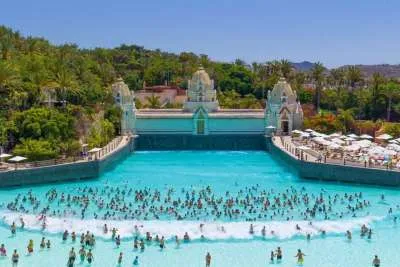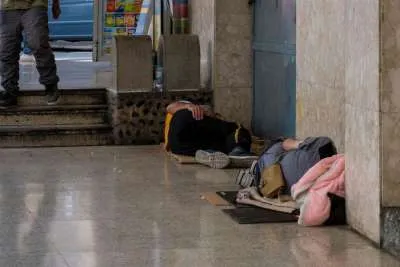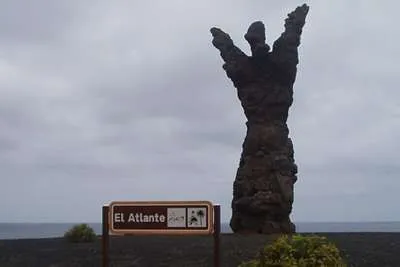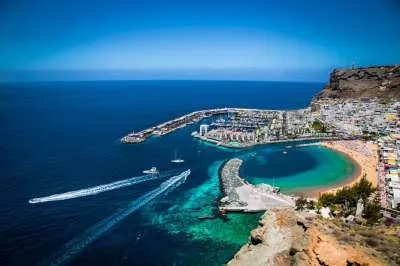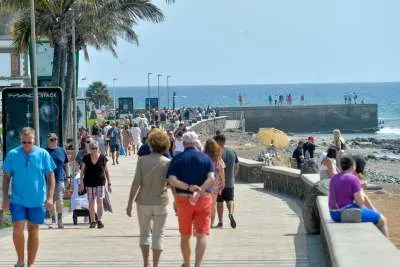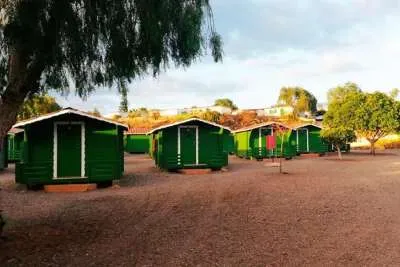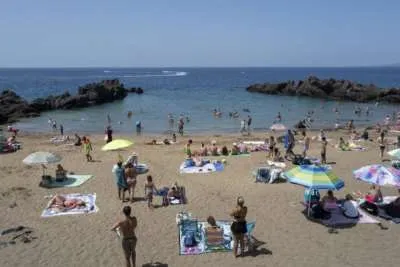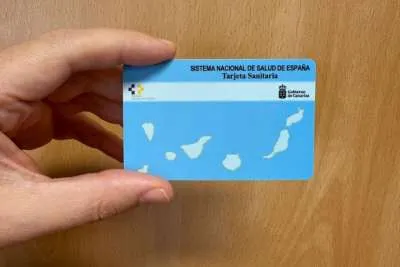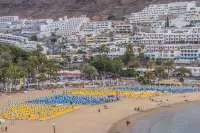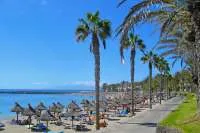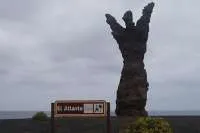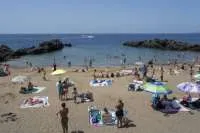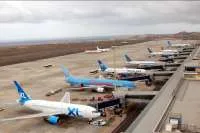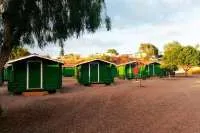Plans to alleviate traffic problems in Tenerife include trams between Adeje and Arona
- 18-12-2023
- Tenerife
- Canarian Weekly
- Photo Credit: Stock Image
Tenerife's Sustainable Mobility Plan to combat traffic congestion on the island includes a bold plan for a tram system connecting Adeje and Arona. This groundbreaking project is part of a comprehensive strategy outlined in a document proposing 23 major initiatives aimed at improving roads and introducing new light rail and train systems.
The estimated cost of the entire plan exceeds 5 billion euros, a sum equivalent to the Tenerife Cabildo's budget for five years, excluding items such as public transportation reinforcement.
This extensive plan for enhancing island mobility, with a target year of 2045, will be open for public review for 45 days, as announced in the Friday edition of the Official Bulletin of the Province (BOP). The purpose is to gather input from government entities, interest groups, and members of the public.
According to Eulalia García, the island's Councillor for Mobility, the document combines road infrastructure projects, improvements to public and rail transportation, and mobility policies such as surface parking regulations and the establishment of low-emission zones. The initiatives aim to address the strain on the island's infrastructure, which experiences significant traffic congestion, especially on the TF-1 and TF-5 motorways
The primary cause of this congestion is Tenerife's nearly one vehicle per inhabitant ratio as there are now 792,350 vehicles for a population of 950,000 which is among the highest in Europe.
What are the key projects in Tenerife's Sustainable Mobility Plan?
1 Closure of the Insular Ring (490 million): Three projects aim to complete the Insular Ring, costing a total of 490 million euros. These include a new road between El Tanque and Santiago del Teide, a road connecting San Juan de La Rambla, La Guancha, and Icod, and a second lane for the South Highway (TF-1) between Erques and Santiago del Teide.
2 Las Chafiras-Oroteanda Link (34 million): Addressing one of the most congested links on the TF-1 motorway, this 34 million euro project targets the Las Chafiras interchange.
3 TF-1 Undergrounding in Adeje (106 million): A project allocating over 100 million euros to create a ‘false’ tunnel for three kilometres of the TF-1, transforming it into a pedestrian-friendly area with bike lanes and green spaces.
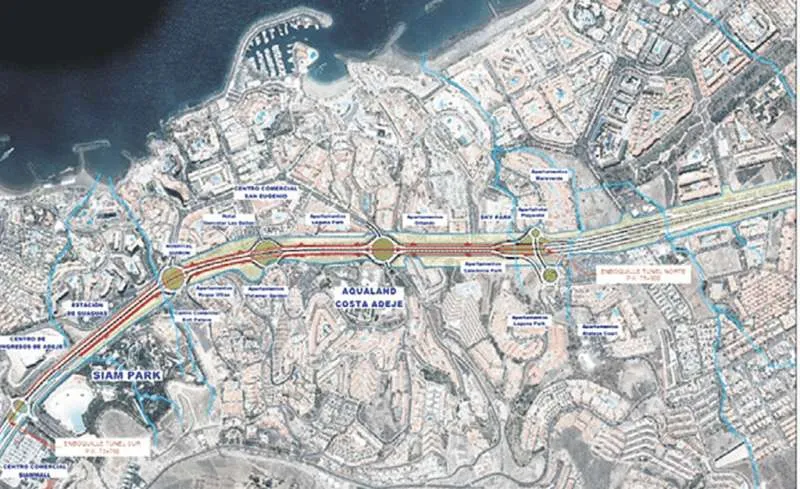
4 TF-5 Bypass (332 million): Known as the TF-5 variant or La Laguna bypass, this project involves a highway circumventing Tenerife North Airport, with an estimated cost of 332 million euros.
5 Third Bus-Vao Lane on the North and South Motorways (377 million): Plans include constructing a third lane for buses, taxis, and vehicles with more than two occupants on both the North (TF-5) and South (TF-1) motorways.
6 Güímar-Las Américas Third Lane (110 million): Associated with the third bus-vao lane on the South highway, this project aims to alleviate congestion between Güímar and Playa de Las Américas.
7 Santa Cruz-La Laguna Bypass (239 million): A road connecting Santa Cruz and La Laguna through the southern edge of Anaga, enhancing accessibility to high-altitude neighbourhoods.
8 Mesa Mota Tunnel (30 million): A tunnel project linking La Laguna and Tegueste through Mesa Mota.
9 Santa Cruz Coastal Road (50 million): A project creating an alternative route from Valleseco to the beginning of Avenida Anaga, segregating traffic types in Santa Cruz.
10 TF-1 Variant Between Arona and Adeje (160 million): A TF-1 variant liberating and transforming the South highway between the Parque la Reina junction (Arona) and Adeje into an urban freeway.
11 La Laguna Road Network and Los Cristianos Port Connection (37 million): Two smaller but significant projects include the La Laguna ring road and a new access to Los Cristianos Port from the TF-1.
12 Northern and Southern Trains and New Tram Lines (3 billion): The Sustainable Mobility Plan allocates funds for the expansion of Northern (Santa Cruz-Los Realejos) and Southern (Santa Cruz-Adeje) train lines, new trams, and extensions to existing lines, with an estimated budget of 3 billion euros. Notably, a new tram line between Arona and Adeje, a previously unconsidered project, is part of the plan.
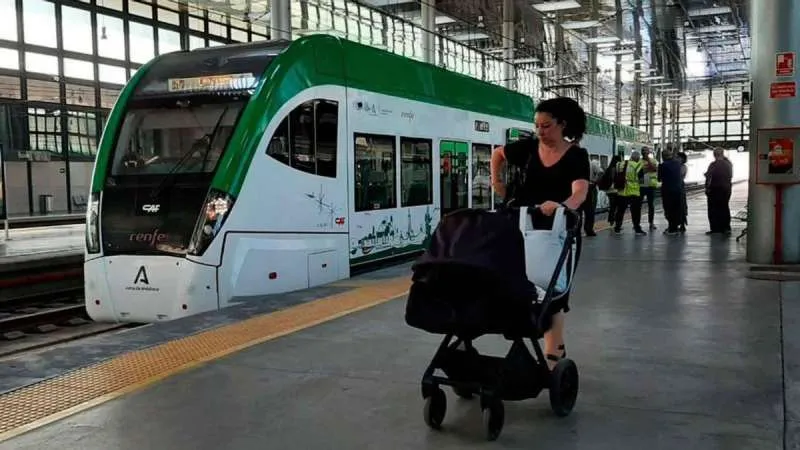
These are just some of the projects expected to significantly alleviate traffic congestion on the island, providing a more sustainable and efficient transportation system for Tenerife's residents and visitors.
Other articles that may interest you...
Trending
Most Read Articles
Featured Videos
A Vision of Elvis Tenerife Promo
- 10-05-2025
Tenerife Travel Guide
- 13-12-2024
Live webcam from Lanzarote airport
- 13-12-2024


